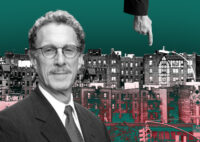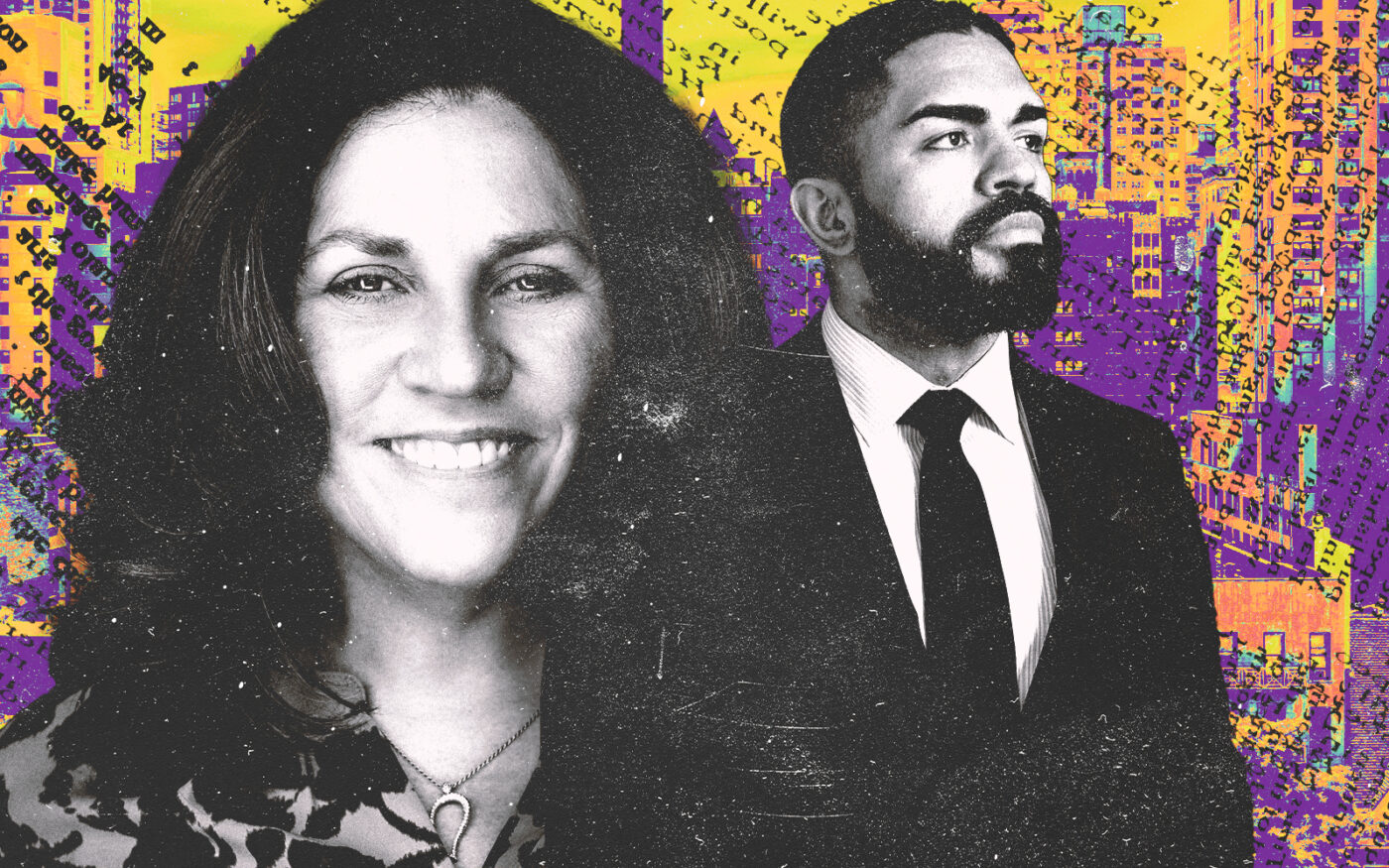The Rent Guidelines Board proclaimed Thursday morning a 6.25 percent rent hike on one-year leases was needed to buoy the city’s beleaguered rent-stabilized buildings.
Landlords — used to decrying the number — blinked. Considering the low-ball increases the board has called for in recent years, the adjustment wasn’t a bad bag. Two-year leases saw a bigger recommended hike at 9.75 percent. If anything, this backed owners’ arguments that expenses were soaring and revenue wasn’t keeping pace.
“The RGB data is alarming but not surprising,” Ann Korchak, who heads the Small Property Owners of New York, said.
“Nobody wants to raise rents, but buildings have costs and this data articulates what those costs are,” Kenny Burgos, CEO of landlord group the New York Apartment Association, commented.
The rub, now, is whether the board will vote based on the data. If history is any guide: fat chance. So the landlords are already preparing for other measures.
Each year, the RGB crunches the numbers and spits out a measure of how much operating costs surged for owners of rent-stabilized housing. The report tracks taxes, fuel, utilities, insurance and maintenance, among other bits and bobs.
This year, the so-called Price Index of Operating Costs increased across all seven of the categories it tracks. Insurance took the cake with an 18.7 percent jump year over year. Fuel came in second at 10.3 percent; utilities, third, rose 8.2 percent.
Last year, all but one of the measured goods and services – fuel — ticked higher, and the RGB estimated a 3.9 percent increase in rents was needed to offset the rising cost of doing business.
Then, it approved a 2.75 percent hike.
This mismatch is a key piece of the annual charade. The nine-member board — two representing tenants, two for landlords and five for the public — weighs the interests of owners and renters.
Typically, the public members are sympathetic to the stories of rent-burdened tenants and swing the vote toward an increase that lags the RGB’s data-based recommendation.
On the losing end are the landlords hamstrung by the rent caps of the 2019 rent law. Those owners have reported increasingly forgoing maintenance to pay the bank, having hard calls with lenders as defaults loom and letting multi-generational assets go at steep losses because revenues cannot cover expenses.
Landlords, expecting the board to once again turn a blind eye to its own findings, have begun to shift their appeal.
After the PIOC report dropped, Burgos, a former state assembly member, called on the city to intervene in “government controlled-costs like property taxes, water and sewer.”
“Elected officials could do something about this if they wanted to make the city more affordable,” he said.
NYU’s Furman Center, during a presentation to the RGB last week, similarly raised the question of outside intervention.
The housing researcher, represented by Senior Policy Fellow Mark Willis, pointed to data showing shortfalls in older, heavily rent-stabilized buildings could grow “exponentially,” then suggested the board, as it currently operates, may be unable to combat the threat.
“The shortfall may need to be dealt with outside of the RGB process,” his presentation concluded.
Read more



